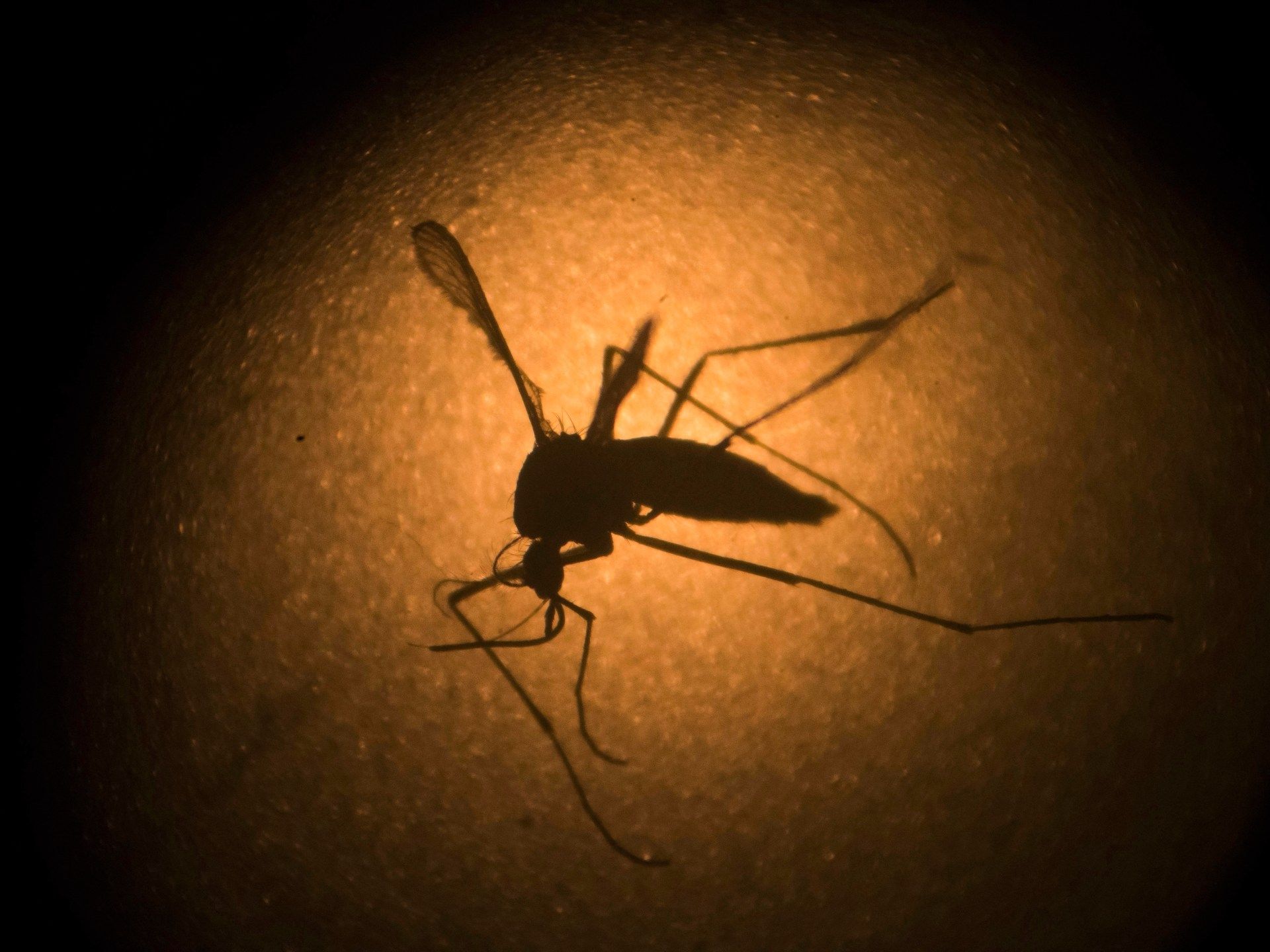The United States has recorded its first death this year from a rare mosquito-borne virus.
New Hampshire officials announced the patient's death Tuesday, marking the first human case in the state in a decade and the fifth case of the virus in the United States this year.
Mosquitoes in several parts of the state are believed to be infected with the virus, while surrounding areas are on high alert, particularly in neighboring Massachusetts.
What is the mosquito-borne virus and how far can it spread?
What is the virus?
The virus is officially called Eastern equine encephalitis virus (EEEV), also known as “Triple E.” It is a rare but serious disease that was first identified in horses in Massachusetts in 1938.
Since then, there have been 118 human cases and 64 deaths from the virus in the state, according to data from the Massachusetts Department of Public Health.
In humans, the virus attacks the central nervous system and can cause inflammation or swelling of the brain.
Where is the virus?
The virus is found in North America and the Caribbean, while human cases occur primarily in the eastern states and the Gulf Coast of the U.S.
This can be attributed to a “complex ecology of several different species of birds and mosquitoes that rely on tree swamps for breeding,” said Verity Hill, an associate research scientist at the Yale University School of Public Health.
In addition, the black-tailed mosquito, the main carrier of the virus, is found mainly in the eastern United States, Mexico and the Caribbean.
How does the virus spread?
The virus usually circulates among birds living in swamps with deciduous trees. Mosquito species that feed on both humans and mammals spread the virus when they bite an infected bird and then a mammal, injecting the virus into its bloodstream.
Unlike birds, infected humans and horses are “dead-end hosts,” meaning they do not have enough virus in their blood to transmit the equine encephalitis virus to a mosquito that might bite them, Hill told Al Jazeera. This means they cannot transmit the virus to other animals or humans.
Infections tend to be asymptomatic in birds, but fatal in horses.
The most common carrier of EEE is the black-tailed mosquito (Culiseta melanura), while others include Aedes, which transmits the dengue virus, and Coquillettidia.
Mosquito season in the United States runs from summer to fall, making it an especially risky time for these viruses.
What are the symptoms?
Symptoms in humans usually appear four to ten days after infection. These include:
- Sudden onset of fever and chills.
- Headache
- Vomiting and diarrhea
- Seizures and behavioral changes
- Drowsiness and disorientation
- In severe cases, swelling of the brain (encephalitis).
EEE is diagnosed by observing the symptoms and testing the cerebrospinal fluid or blood, which can show whether viruses or viral antibodies are present.
How many cases of the encephalitis virus are there this year?
In 2024, five human cases of EEEV have been confirmed in the United States: one each in Massachusetts, New Jersey, Vermont, Wisconsin, and New Hampshire.
In Oxford, Massachusetts, an 80-year-old man became infected in mid-August, becoming the first human case in the state since 2020.
The only death reported so far has been in New Hampshire.
How common and dangerous is the virus?
EEE is rare in humans. From 2003 to 2023, there were 196 cases in the United States, according to data compiled by the Centers for Disease Control and Prevention (CDC).
The country reports an average of 11 cases per year. The largest outbreak occurred in 2019 with 38 cases and 12 deaths nationwide.
Public health authorities consider it a serious disease because of its impact on the brain and its 30 percent mortality rate.
Even if they survive, many of those infected continue to experience long-term neurological problems.
How can the virus be controlled or treated?
Public health officials have said prevention is crucial because there is no specific treatment or vaccine for humans. Control measures include:
- Application of government-approved insect repellents
- Carry out mosquito control programs, including spraying pesticides from the air and from trucks.
- Wear long sleeves and pants during peak mosquito hours (dusk to dawn)
- Installation of mosquito nets on windows and doors
- Draining stagnant water around houses
- How to avoid outdoor activities during periods of high mosquito incidence
Treatment focuses on managing symptoms and providing supportive care, such as prescribing pain medication.
Mosquito and tick bites can cause serious illnesses such as equine spiny encephalitis and Lyme disease. When outdoors, use an EPA-approved repellent, applying it slowly and evenly to the face, neck, arms, and legs. When possible, wear protective clothing that covers the entire body. More information: image.twitter.com/84eMaxr1Kg
— Massachusetts Public Health (@MassDPH) August 25, 2024
What actions are the authorities taking?
States are taking a variety of measures to slow the spread of the virus, including varying levels of lockdowns.
The Massachusetts city of Plymouth is closing outdoor public facilities from dusk to dawn. The northeastern state has also urged residents to avoid outdoor activities during peak mosquito hours.
Insecticide spraying is also being carried out from the air and from trucks in several areas.
What other viruses or diseases do mosquitoes transmit in North America?
The mosquito-borne but less deadly West Nile virus has infected 289 people in the United States this year.
The country has also recorded 3,861 cases of dengue this year, surpassing the 3,352 cases reported in all of 2023.
According to the CDC, dengue causes high fever and muscle and joint pain and has reached record levels worldwide. Mortality rates can reach 13 percent in untreated patients.
Is climate change causing the spread of this virus?
Experts have been warning that climate change is lengthening the length of the mosquito season, which is characterized by high humidity and high temperatures.
The prevalence of the virus in mosquitoes may also be an indicator of risk to humans.
“Years with large populations of infected mosquitoes tended to have more cases in humans and horses,” Hill said, adding that climate change may foster larger populations of mosquitoes that can transmit EEEV but would not introduce more virus.
This year's cases are likely part of the normal dynamics of the virus, he said.












